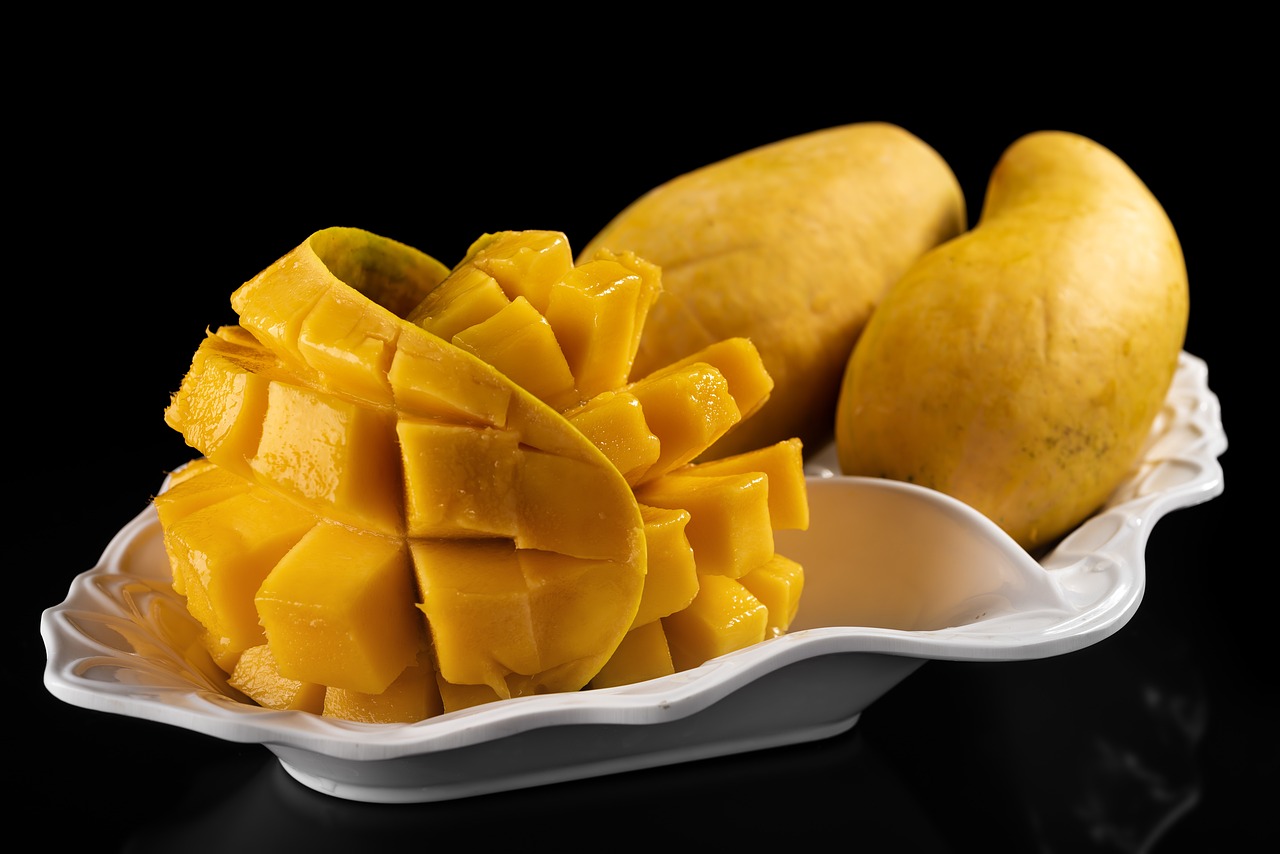Do You Know? Discover the Wonders of Mangoes
Introduction
Did you know that mangoes are often referred to as the “king of fruits”? With their luscious sweetness and rich history, mangoes are celebrated worldwide not just for their taste but also for their cultural and nutritional significance. Today, we’ll dive deep into the world of mangoes, exploring their origins, health benefits, and where to find them, with some tips and fun facts along the way.
Fruit Facts
Do You Know?
- Mangoes originated over 4,000 years ago in the region now known as India, Myanmar, and Bangladesh.
- There are over 1,000 different varieties of mangoes grown around the world, each with its unique flavor, texture, and color.
- The mango tree, scientifically known as Mangifera indica, is a symbol of love and happiness in many cultures.
Health Benefits
- Rich in Nutrients: Mangoes are packed with essential vitamins and minerals. They are particularly high in Vitamin C, Vitamin A, and folate.
- Boosts Immunity: The high Vitamin C content helps in boosting the immune system, protecting the body from infections.
- Promotes Digestion: Mangoes contain enzymes that help in breaking down proteins, aiding digestion. They are also a good source of dietary fiber.
- Antioxidant Powerhouse: Mangoes are rich in antioxidants like zeaxanthin, quercetin, and beta-carotene, which protect against free radical damage.
- Supports Eye Health: The Vitamin A in mangoes is essential for good vision and can help prevent night blindness and dry eyes.
Varieties of Mangoes
Mangoes come in a wide array of varieties, each with its distinct flavor and characteristics. Here are some notable ones:
India
- Alphonso (Hapus): Known as the “King of Mangoes,” Alphonso mangoes are prized for their rich flavor, smooth texture, and sweet aroma. They are primarily grown in the Ratnagiri, Sindhudurg, and Konkan regions of Maharashtra, India. Alphonso mangoes are available from March to June.
- Dasheri: Originating from the northern state of Uttar Pradesh, Dasheri mangoes are known for their sweet, fibrous flesh. They are typically available from mid-May to late June.
- Kesar: Grown in the Saurashtra region of Gujarat, Kesar mangoes are known for their bright orange flesh and sweet taste. They are available from May to July.
- Langra: Native to Varanasi in Uttar Pradesh, Langra mangoes have a distinctive green skin and a unique sweet-sour flavor. They are usually available from June to July.
- Banganapalli (Benishan): Predominantly grown in Andhra Pradesh, Banganapalli mangoes are large, with a firm, sweet pulp. They are typically available from April to June.
Around the World
- Kent: Originating from Florida, USA, Kent mangoes are known for their sweet, juicy flesh and minimal fiber. They are usually available from December to February.
- Haden: Another variety from Florida, Haden mangoes have a sweet and spicy flavor, with a vibrant red and yellow skin. They are typically available from March to May.
- Tommy Atkins: One of the most widely grown mango varieties, Tommy Atkins has a mild flavor and firm flesh, making it suitable for various culinary uses. It is available almost year-round.
- Ataulfo (Honey or Champagne): Originating from Mexico, Ataulfo mangoes are small, with a creamy texture and sweet taste. They are available from March to July.
- Palmer: This Brazilian variety is known for its large size, sweet taste, and minimal fiber. Palmer mangoes are usually available from September to January.
Where to Find Mangoes
Local Availability In New Zealand, fresh mangoes are available during the summer months, typically from November to May. You can find them at local supermarkets, farmer’s markets, and specialty fruit stores. Look out for varieties like Alphonso, Kent, and Tommy Atkins.
Imported Options For those looking to enjoy mangoes year-round, specialty Asian grocery stores often carry imported mangoes. You can also find frozen mango chunks and mango puree in most supermarkets, making it easy to enjoy this delicious fruit even when it’s not in season.
Usage Tips
How to Select: When choosing mangoes, look for fruits that are slightly soft to the touch but not mushy. A ripe mango will emit a sweet fragrance, particularly near the stem. Avoid mangoes with dark spots or blemishes.
Storage Tips: Store unripe mangoes at room temperature until they ripen. Once ripe, they can be stored in the refrigerator for up to five days. To prolong their shelf life, you can also freeze mango slices for future use.
Recipes & Uses
- Mango Salsa: Dice fresh mangoes and mix with chopped red onion, bell peppers, jalapeños, lime juice, and cilantro. This vibrant salsa is perfect for topping grilled fish or chicken.
- Mango Smoothie: Blend fresh or frozen mango chunks with yogurt, a splash of orange juice, and a handful of ice for a refreshing and nutritious smoothie.
- Mango Lassi: A traditional Indian drink, mango lassi is made by blending mango puree with yogurt, milk, and a touch of sugar. It’s a cooling beverage that’s perfect for hot days.
Fun Facts and Cultural Significance
- In India, mangoes are a symbol of love and are often gifted as a gesture of friendship. The fruit is also deeply embedded in Hindu mythology, where it is associated with the love god Kamadeva.
- The mango tree has religious significance in Buddhism as well. It is believed that Buddha was presented with a mango grove so he could rest under the shade of its lush trees.
- The world’s largest producer of mangoes is India, contributing to about 40% of the global production.

